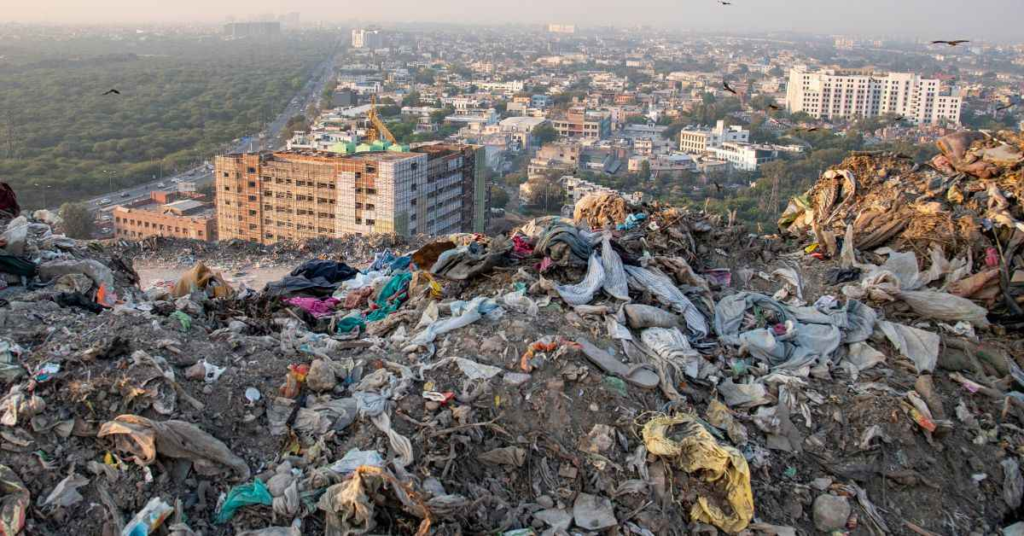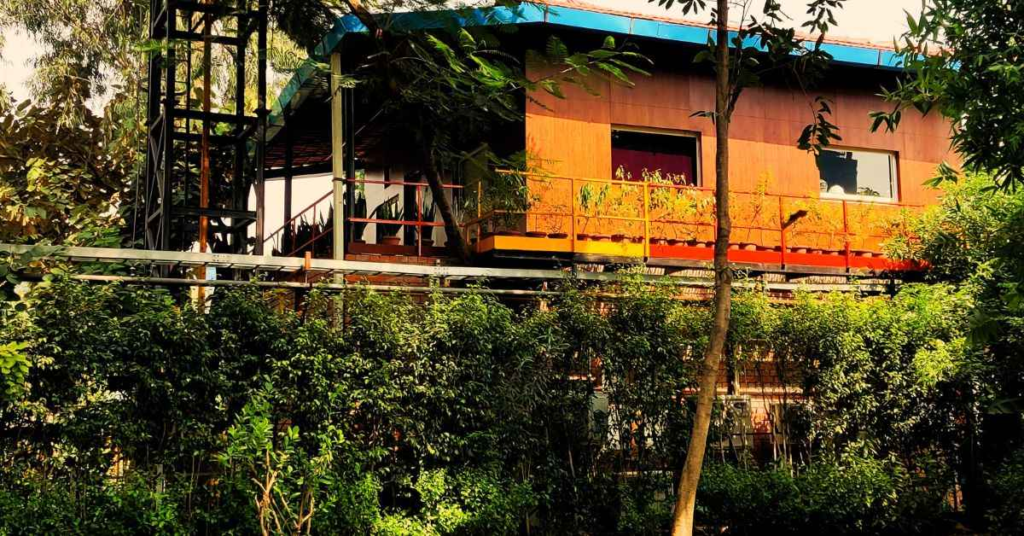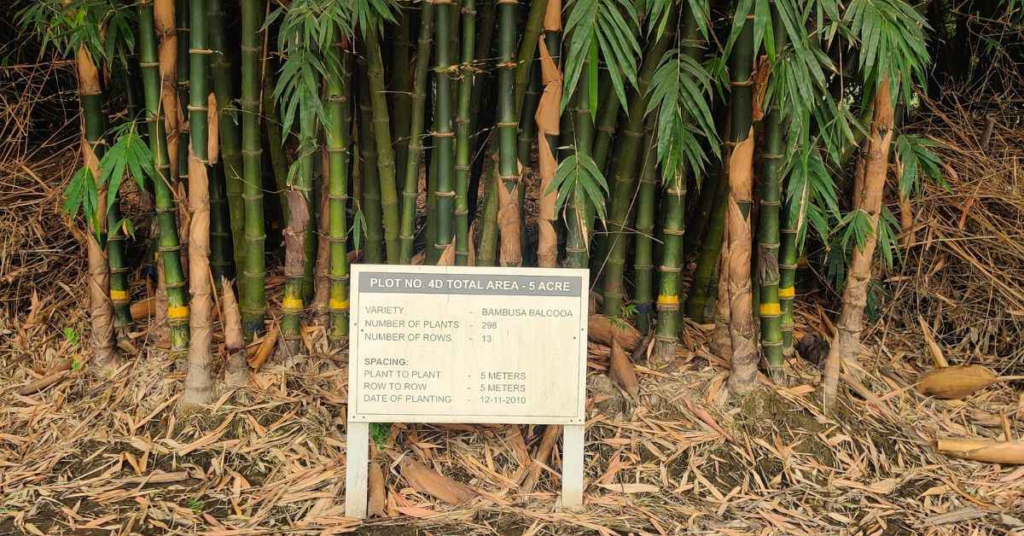
India generates a staggering 62 million tonnes of waste every year. That’s enough to fill nearly 24,000 Olympic-sized swimming pools. Most of this ends up in ever-expanding landfills, choking our cities and weighing down our green ambitions. But amid this rising tide of waste, one company is quietly proving that trash doesn’t have to be the end of the line — it can be a powerful new beginning.
Enter Merino Industries, one of the world’s largest manufacturers of decorative laminates, and now, a trailblazer in circular manufacturing. In a time when industries are caught balancing the tightrope between profitability and sustainability, Merino has found a way to do both — by turning waste into wealth.

Beyond Clean Floors and Fancy Panels
At first glance, you might associate Merino with stylish interiors and glossy finishes. But behind those elegant surfaces is a remarkable story of resourcefulness and reinvention. Led by CMD Mr. Prakash Lohia, the company has built a waste management system that’s as robust as it is visionary — one that could become a blueprint for other industries navigating the sustainability challenge.
“The model’s genius,” Mr. Lohia explains, “lies in tracking every fragment of waste and assigning it purpose.” This isn’t just cleanup — it’s a holistic transformation rooted in the UN’s Sustainable Development Goals (SDGs) and powered by innovation.

The Six Pillars of the Merino Waste Model
Let’s dive into the core of Merino’s strategy — six distinct ways the company is not just disposing of waste, but creating value from it:
1. From Potato Peels to Power and Protein
At Merino’s Potato Flakes Plant (PFP), the humble potato peel gets a second life — not in the trash, but as animal fodder. Meanwhile, wastewater from processing undergoes anaerobic decomposition at their Effluent Treatment Plant (ETP), producing biogas that fuels cooking — a seamless blend of sustainability and utility.
2. Biogenic Fuels for Energy Independence
Sawdust, rice husk, and other organic residues are harnessed as biogenic fuels, generating clean energy. These renewable sources help partially power Merino’s plants, reducing reliance on fossil fuels while cutting down operational costs.
3. From Factory Floor to Footpath
Combustible waste like laminate scraps and panel offcuts don’t head to the dumpster — they’re fed into Merino’s industrial furnaces. The resulting ash? Turned into bricks and tiles, now forming pathways across Merino’s factory campuses. Waste becomes infrastructure. Literally.
4. Fertilising the Future
Step into the lush green expanse of Merino’s Hapur complex, and you’ll see the impact of their waste-to-soil strategy. Slurry, a by-product from the biogas plant, is processed into 215 metric tonnes of organic manure each year. This nutrient-rich fertiliser keeps Merino’s campuses thriving — a small but striking example of closed-loop ecology.
5. Smart Sorting, Safer Disposal
Waste is meticulously classified into categories — hazardous, non-hazardous, recyclable, non-recyclable, organic, non-organic, liquid, solid. This detailed taxonomy enables safe disposal, especially of hazardous materials, which are sent exclusively to authorised recyclers. It’s not just eco-friendly — it’s responsible industrial citizenship.
6. A Culture of Consciousness
At the heart of this strategy lies something deeper than systems and sorting — a mindset. “We draw inspiration from ancient Indian wisdom,” says Mr. Lohia, “which teaches respect for resources and mindful consumption.” It’s a cultural lens that reframes waste not as an inevitable burden, but as an opportunity.
Waste as Wealth, Process as Philosophy

Merino’s model is more than just a sustainability checklist — it’s a powerful reminder that efficiency and environmental ethics can go hand-in-hand. By embedding waste management into the DNA of its operations, Merino is doing more than reducing landfill loads. It’s setting a precedent — showing how Indian industries can scale up without scaling down the planet.
As India stares down a growing waste crisis, Merino Industries offers a rare glimmer of optimism. Their approach proves that sustainability doesn’t have to be expensive, complicated, or at odds with growth — it can be the engine that drives it.
And in a world desperately seeking solutions, that may just be Merino’s most beautiful product yet.

